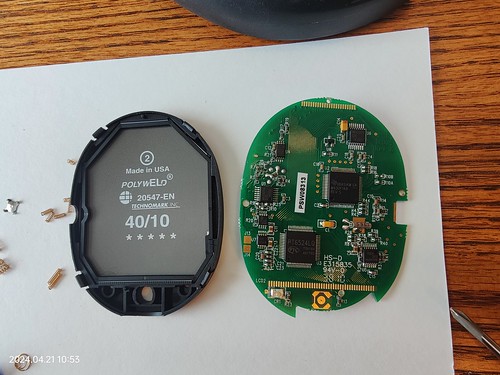I found another odd timer behaviour in ArduPilot on Linux, when
monitoring the scheduler using a GPIO. I had hooked up a low-priority thread
to check in on the autopilot software every second, and if all checks were good,
set a pin, delay(1ms), clear pin. The only problem was that rarely,
I would find that the pin wasn't going high, but there were no problems recorded.
Historically, delay(N) on Arduino delayed at least N milliseconds.
Practically, I couldn't find anything in ArduPilot that cared about sub-millisecond
precision that called delay() - usually the caller wanted a rather long amount
of time, or it was used for something like throttling logging code. On the Linux
scheduler backend, there was a rare race-condition when calling delay(N) just at
the top of millisecond. Unknowingly my test setup was configured to expose
this discrepancy a couple times per day. Here's the offending code:
void Scheduler::delay(uint16_t ms)
{
if (_stopped_clock_usec) {
return;
}
uint64_t start = AP_HAL::millis64();
//Race condition occurs between previous and next calls to millis64()
while ((AP_HAL::millis64() - start) < ms) {
// this yields the CPU to other apps
microsleep(1000);
if (in_main_thread() && _min_delay_cb_ms <= ms) {
call_delay_cb();
}
}
}
Instead of a ~1ms pulse at 1Hz, a few times per day I would see a dropped pulse.
At first, this appeared as a slight deviation in the frequency, as my frequency counter
averages pulse-count over measurement period. Until I started looking with an oscilloscope,
then I noticed that what I was seeing was a runt pulse, where the GPIO was being cleared low
just as soon as it was being set high. With the frequency counter's low-pass filter enabled,
these runt pulses were being skipped.
The bug was simple once I accepted it was actually happening. When calling delay(1) it is rare, but
possible to call start = milli64() just on the edge of the next millisecond. When
this happens, the loop condition degrades into while(((start + 1) - start) < 1){...},
so the loop exits immediately without calling microsleep() to delay execution.
The fix consists of a few parts. First the exit condition is based on the starting
timestamp +1 so we cannot return early. The internal resolution is also increased
from milliseconds to microseconds, so that the amount of time lost to round-off
is reduced. The final calls to microsleep() is now based on how much time is actually
needed relative to the starting timestamp, so most drift is accounted except for the last
call to microsleep(). The new delay(N):
void Scheduler::delay(uint16_t ms)
{
if (_stopped_clock_usec) {
return;
}
if (ms == 0) {
return;
}
uint64_t now = AP_HAL::micros64();
uint64_t end = now + 1000UL * ms + 1U;
do {
// this yields the CPU to other apps
microsleep(MIN(1000UL, end-now));
if (in_main_thread() && _min_delay_cb_ms <= ms) {
call_delay_cb();
}
now = AP_HAL::micros64();
} while (now < end);
}
I measured the impact of this on an otherwise idle CPU core on my Raspberry Pi 4, calling delay(100ms) after usleep(rand()%1000) to ensure the test wasn't getting locked to milliseconds. I used delay(100) because delay(1) 1/20000 times would not have made for as interesting of a graph, though the orignal bimodal distribution below is the same cause:










